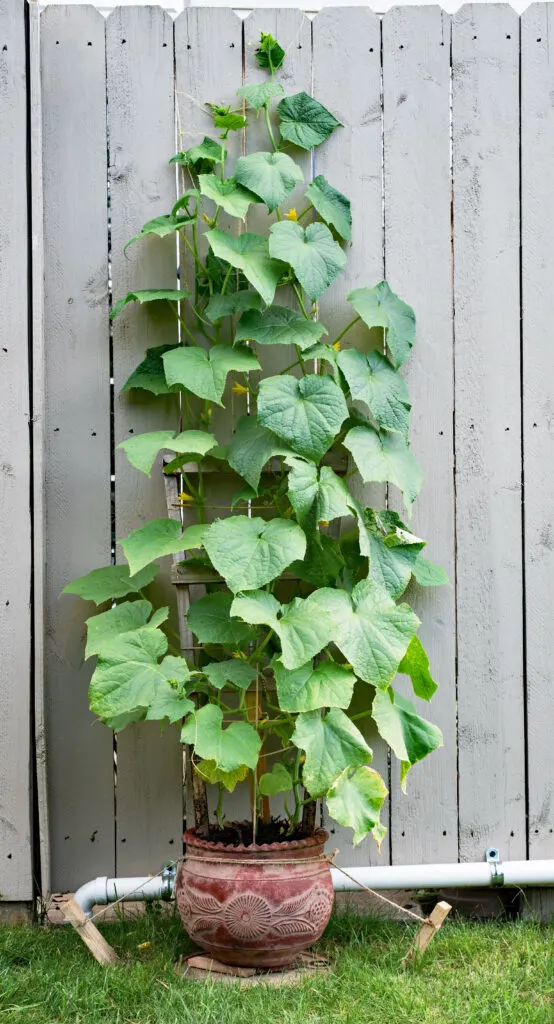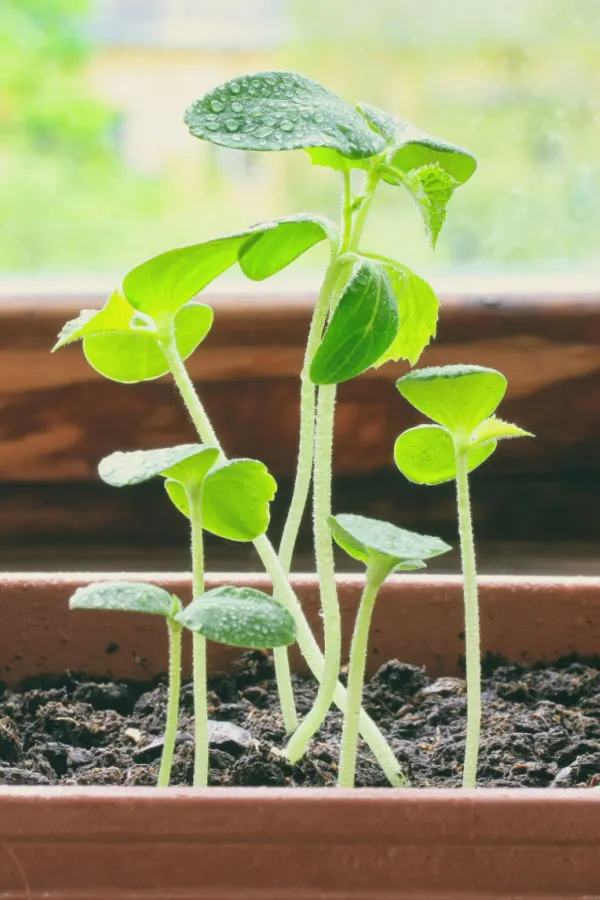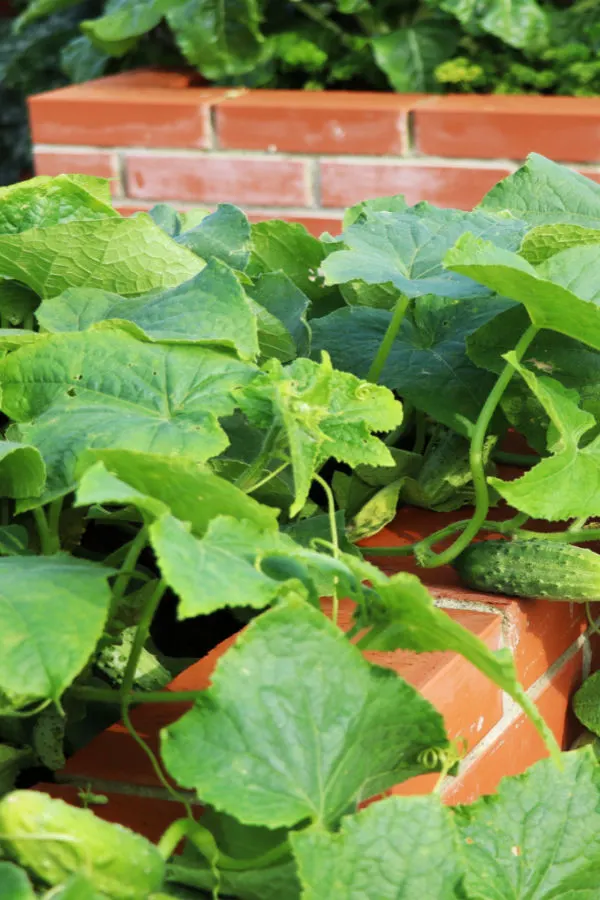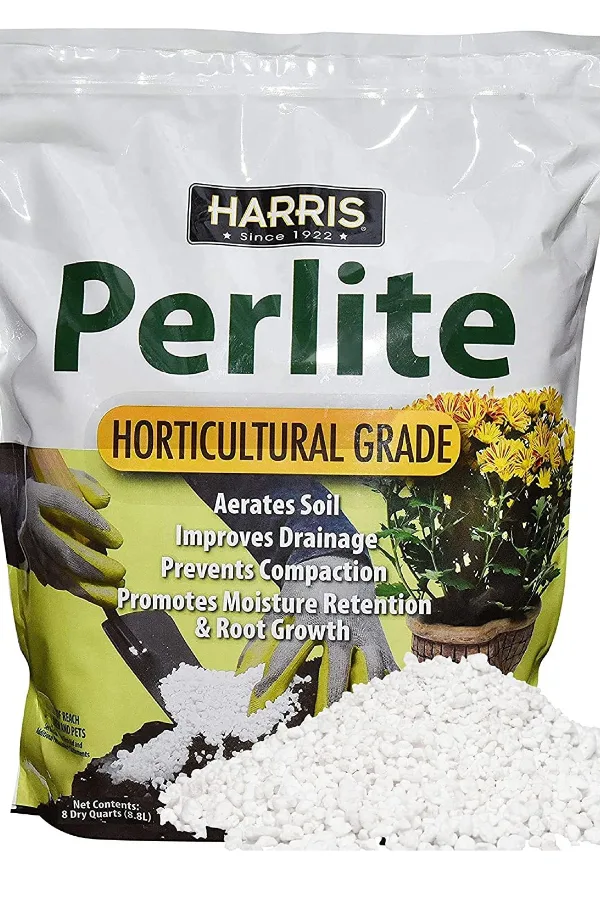If you love the thought of growing fresh cucumbers but don’t have the space or time for a traditional garden, it’s time to grow your own big harvest in pots or containers. Not only can you grow a bumper crop of cucumbers, it’s easier than you might ever imagine!
Cucumbers are actually the second most popular garden vegetable of all, trailing only the tomato when it comes to at-home growing. Whether growing for fresh eating or making pickles, planting your own crop assures you the freshest, crispest, most flavorful fruits of all – and it doesn’t have to require a lot of space.
In fact, cucumbers are one of the best vegetables of all for growing in small spaces. With a relatively small root structure, they are ideal for planting in containers, allowing gardeners to grow without the worry of the plant becoming root bound in their pot.

Growing Cucumbers In Pots
You can grow cucumbers in containers in any location where the sun shines regularly. The key is to place your pots where the plants can get at least six to eight hours of good sunlight each day. Sunny patios, decks and porches are all perfect for growing cucumbers in pots.
Not only can planting your crop in these nearby locations make it easy to provide proper sunlight and watering, it also makes access to your harvest easy – and right where you need it most!
So what does it take to grow cucumbers successfully in containers? Beyond proper watering and sunlight, it all boils down to following a few simple planting and growing tips that can produce healthy plants, and a big harvest!
How To Grow Cucumbers In Pots – 5 Simple Secrets To A Big Harvest!
#1) Selecting The Right Cucumber For Containers
First and foremost, selecting the right cucumber variety for your pot is vital. Not all cucumber varieties are the same. And depending on where and how you will be growing, it’s important to plant a variety that will perform well in its surroundings.

Bush cucumber varieties are the best choice when it comes to container growing. The second best choice are smaller vining varieties that are good for slicing and fresh eating. Large vining cucumbers can be tough for container growing, as the sheer weight of the foliage can make it difficult to support.
Both bush and smaller vining cucumber varieties have growing habits that are more slow and compact. But even better, they each can be supported easily with a small trellis, or allowed to spill down over a container without too much spread.
Varieties such as Bushmaster, Double Yield and Pick-A-Bushel (Seed links listed below) are all excellent for container growing. They are compact, high-producing plants that are easy to support without much trouble.
- Affiliate Seed Link : Bushmaster Cucumber Seeds
- Affiliate Seed Link : Cucumber Seeds Pick A Bushel F1
- Affiliate Seed Link: Cucumber Seeds – Double Yield
Whatever you choose, remember that smaller varieties will give you a better chance of success. Avoid selecting large vining varieties that will require additional growing space and support. Unfortunately, these types of cucumbers also have larger root systems, making them tough to supply with enough soil for good root growth.
2) Use The Appropriate Container – How To Grow Cucumbers In Pots
Cucumbers should be grown in containers that are at least 8 inches deep and 12 inches in circumference. This minimum size will allow enough space for roots to have adequate room to develop fully. Anything smaller, and the cucumber’s roots risk running out of space.
Listen To Our Podcast On Growing Cucumbers!
In addition, beyond root capacity, larger containers provide two more benefits that are big difference makers when it comes to better yields. First, larger pots provide more soil space for plants to retain moisture between watering sessions.
Cucumbers are a high-moisture vegetable that need plenty of water to continue growing and producing. Small pots simply dry out too fast, leading to less growth and production.
Secondly, larger containers also keep the soil temperature more consistent. Small pots can have the soil easily overheat during extremely hot weather. Likewise, the soil can easily cool off on colder nights, stunting the roots and the plant. But with a larger soil mass, those temperature extremes are minimized.
One of the best containers of all for growing cucumbers in are 5 gallon buckets. The deep soil and large surface area are perfectly suited for growing healthy cucumber plants that can provide a big harvest. See: How To Garden In 5 Gallon Buckets
3) Give Your Pots Plenty Of Drainage Holes – How To Grow Cucumbers In Pots
In addition to being of good size, your pot needs to be able to drain off excess moisture easily. Unfortunately, if the roots of cucumber plants sit in water for long, they become highly susceptible to rot. Excess water in the soil can also lead to yellowing foliage and fewer blooms as well.

If your pot, bucket or container has only a single drain hole in the bottom, create a few with a drill and a 1/2 or 3/4 inch drill bit. If using 5 gallon buckets or large plastic containers, drilling a few holes near the bottom of the container on the sides can help drain excess moisture as well.
Finally, when it comes to drainage, place a few rocks or a bit of chunky mulch or twigs in the bottom of the pot before adding soil. This will keep the potting soil from compacting down over the drain holes, allowing excess water to escape more easily.
4) Grow In Great Soil – How To Grow Cucumbers In Pots
It’s no secret, to grow to their best potential, all vegetable plants need fertile, healthy and well draining soil. Unfortunately, ordinary garden soil will not work well for growing cucumbers in containers.
The soil needs to be light and full of nutrients. To provide that, use a good quality potting soil, or mix up your own powerful potting soil at home. See: How To Create The Best Potting Soil For Your Potted Plants – The Perfect Potting Soil Recipe!
When purchasing potting soil, look for products that are full of energy and include perlite to aid in drainage. Perlite is the white “styrofoam” look-a-like material that is great for loosening up soil mixes. Although often confused as styrofoam, it is an organic substance that is super lightweight and loosens the soil for easy root growth.

If you really want to add power to your growing soil, Add in a few cups of compost and/or worm castings to your potting soil mix prior to planting. It will boost the soil structure within the pot, and provide plenty of nutrients for strong growth down the road.
Fertilizing – How To Grow Cucumbers In Pots!
Finally, it’s vital to provide container plants with additional power to keep them healthy and strong all season long. Whether it’s growing flowers or vegetables, all potted plants benefit greatly from additional fertilizer.
Plants grown in containers have a limited supply of nutrients. And once those nutrients are gone, plants will begin to fail. But by giving them a small but steady stream of additional nutrients, it can keep them blooming and producing all summer long.
The key when fertilizing is to provide a lighter mix of fertilizer, but more often. Compost tea, worm casting tea, or a weaker mix of liquid organic fertilizer are all excellent options. But the key is to apply it every few weeks. Product Affiliate Link : Jobes Organic Fertilizer
A low and slow dose will keep plants on a steady diet of nutrients instead of overpowering them with large energy boosts that are spread far apart. When heavy feeding occurs, it can actually cause the plant to produce more foliage instead of blooms. Remember, low and slow is the way to go!
Follow Our Facebook Page For Great Gardening Tips And Advice! This Is My Garden Facebook Page
This Is My Garden is a garden website created by gardeners, for gardeners. Jim and Mary Competti have been writing gardening, DIY and recipe articles and books and speaking for over 15 years from their 46 acre Ohio farm. They publish three articles every week, 52 weeks a year. Sign up today to follow via email, or follow along!

